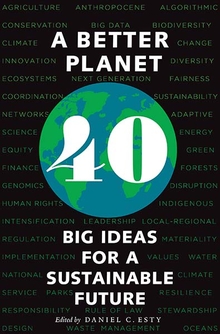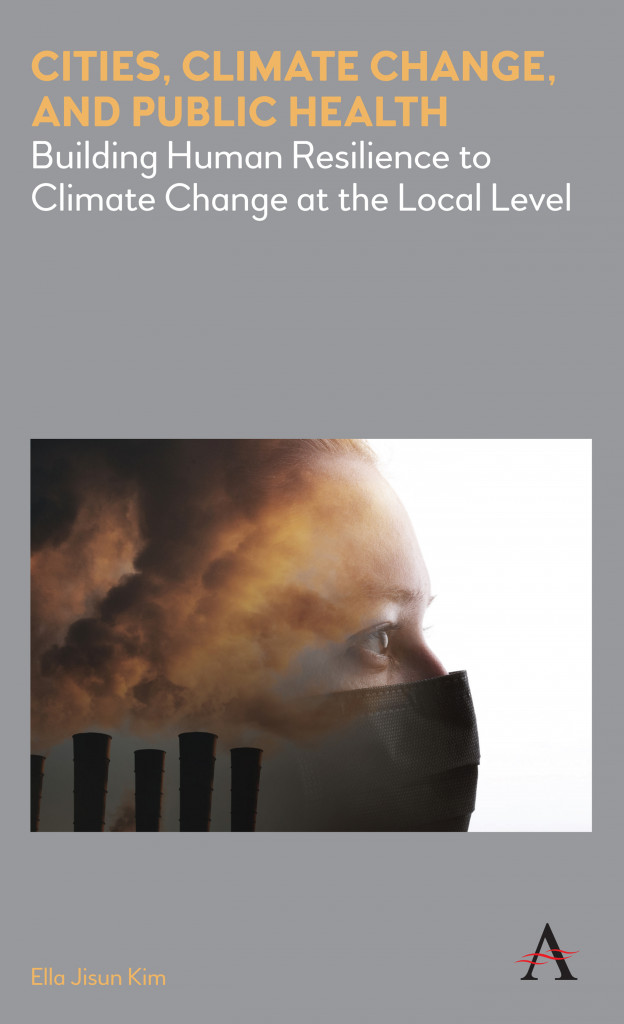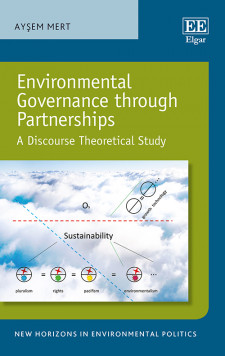Giving Future Generations a Voice: Normative Frameworks, Institutions and Practice
Reviewed by Jungwoo Chun, Massachusetts Institute of Technology
A structured approach to studying the interests of future generations in sustainability and environmental justice

Giving Future Generations a Voice: Normative Frameworks, Institutions and Practice, edited by Jan Linehan and Peter Lawrence, Edward Elgar, 2021, 232 pp.
The importance of future generations in discourses about the environment and sustainability is universal. Future generations are often described as a symbol of hope and action. At the same time, they are the victims of the choices made by past and current generations. It is becoming clear that generations in the future will be faced with increasingly difficult problems associated with the changing climate, rising temperatures, and higher sea levels.
The question is, are current generations doing enough to lay the foundation for the future or are they simply depending on them to find their own solutions? Giving Future Generations a Voice, edited by Jan Linehan and Peter Lawrence, helps make clear the kinds of things current generations ought to be thinking about with the future in mind.
This book is particularly helpful in two respects. One, it paints discussions of the needs of future generations in an appropriate institutional context: institutions that are designed to support future generations more directly (often led by an appointed commissioner), and institutions that indirectly address intergenerational concerns around sustainability and climate change (i.e., UN Sustainable Development Goals). Two, it provides a normative basis to think about the work of such institutions, drawing on philosophy, law and political science, particularly scholarly work on intergenerational justice.
The book is organized into three sections: (1) normative basis, (2) mandate and operating principles, and (3) lessons from practice. In the first, Peter Lawrence (in Chapter 2) argues in favor of a procedural reform of Institutions for Future Generations (IFGs) to factor in their true interests. He introduces the concept of proxy institutions underpinning the democratic values of equity and inclusion. Nicky van Dijk (in Chapter 3) suggests that a “Capability Approach” ought to guide the IFGs in the area of sustainability and human rights. Similarly in Chapter 4, Bridget Lewis argues that both moral and legal rights provide a basis for appropriate IFGs despite current limitations in human rights law regarding obligations to future generations.
In section 2, Jonathan Boston (Chapter 5) and Friedrich Soltau (Chapter 6) propose helpful operating principles to guide a more effective functionality of IFGs as exemplified by what Boston calls “commitment devices” that can help with enforcement. Soltau also examines the “time” variable to make clear what needs to be done now, and how benefits can flow to future generations.
In the last section, the contributors draw on empirical experiences ranging from the Australian ombudsman to other European approaches to IFGs. Phillipa McCormack and Cleo Hansen-Lohrey (Chapter 7) draw lessons from the ombudsman tradition and argue that IFGs should be equipped with a flexible mandate centered on principles and values rather than specific outcomes. They also raise the importance of processual issues such as education and outreach. In Chapter 8, while Alan Netherwood and Andrew Flynn praise the establishment of the Wales Well-being of Future Generations Act under the auspices of the Commissioner of Future Generations, they admit a lot of work needs to be done to account for the distinctive interests of the future generations. Jan Linehan (in Chapter 9) focuses on the reform of legislatures in a number of countries (mostly in Europe) and argues that proposals for independent parliamentary bodies and deliberative assemblies are crucial to providing a voice for future generations. Finally, Elizabeth Dirth (in Chapter 10) explores various concepts that can ensure more fluid and effective decision-making for future generations by offering a systematic account of different kinds of existing European IFGs.
To date, at least to this reviewer’s knowledge, there has not been an adequate effort to consolidate the debates around the interests of future generations. This edited volume is particularly helpful because it provides a bit of everything: raising the question of why IFGs are needed and presenting what they might look like in practice. The book offers a structure for those interested in studying the interests of future generations in various substantive fields, most notably sustainability and environmental justice.




